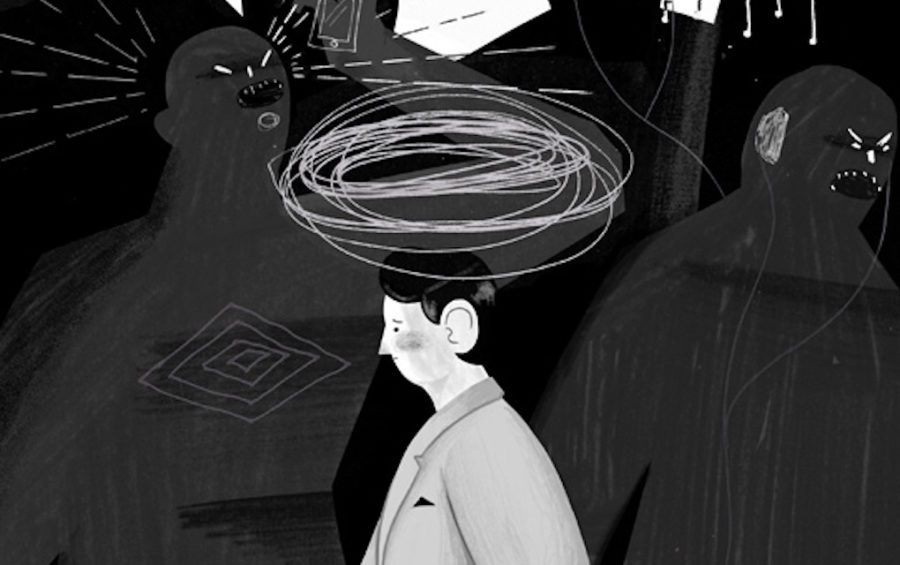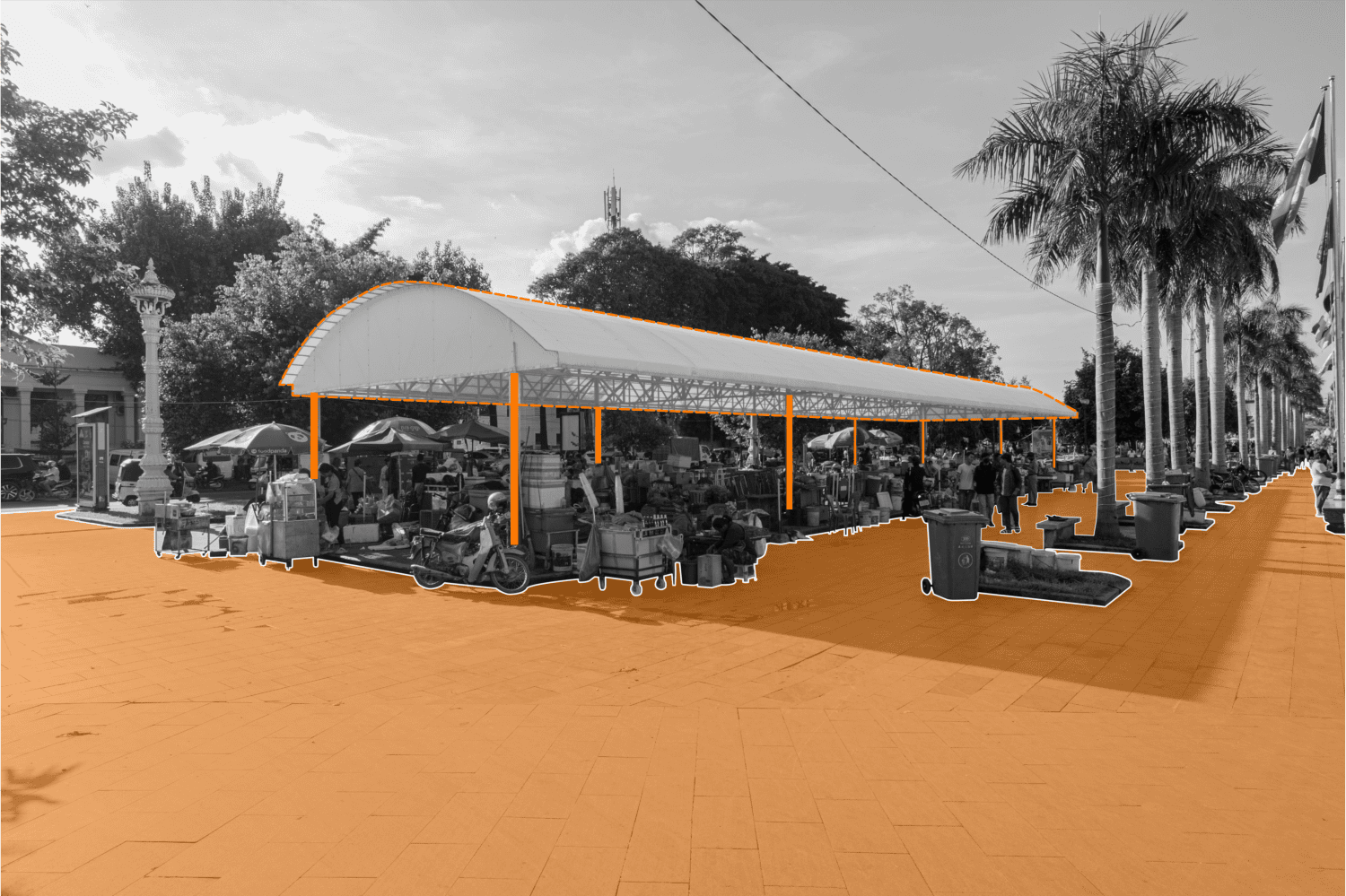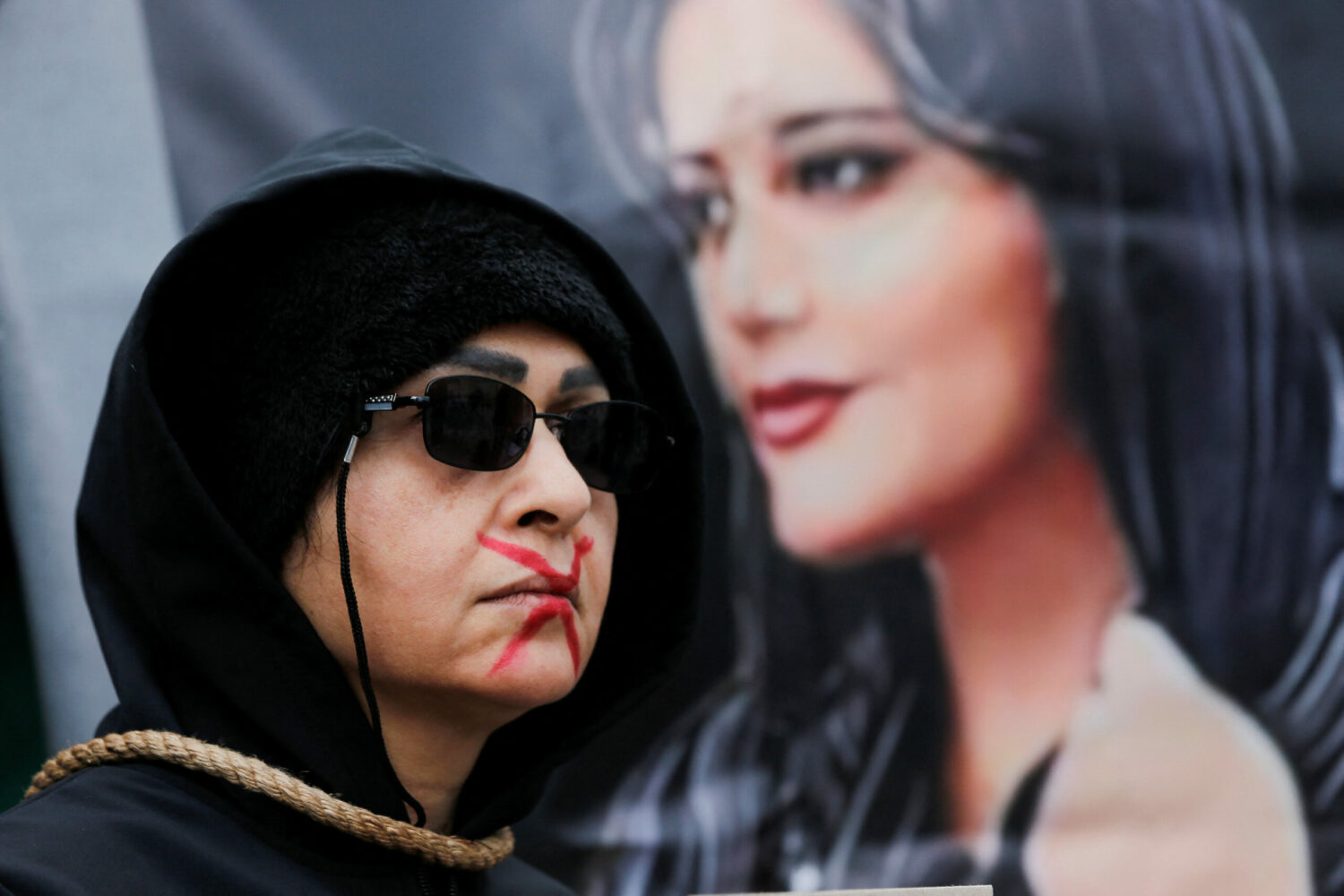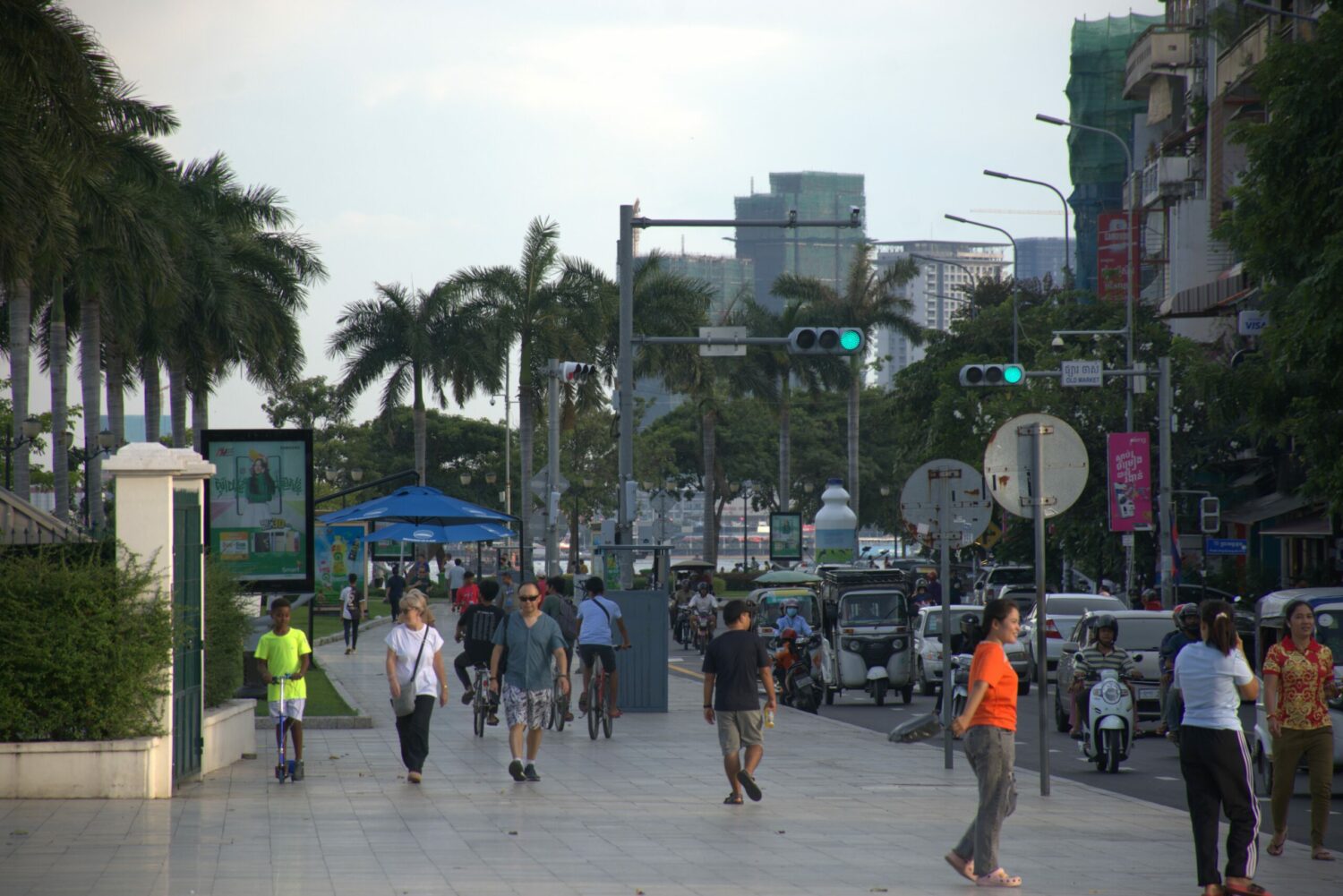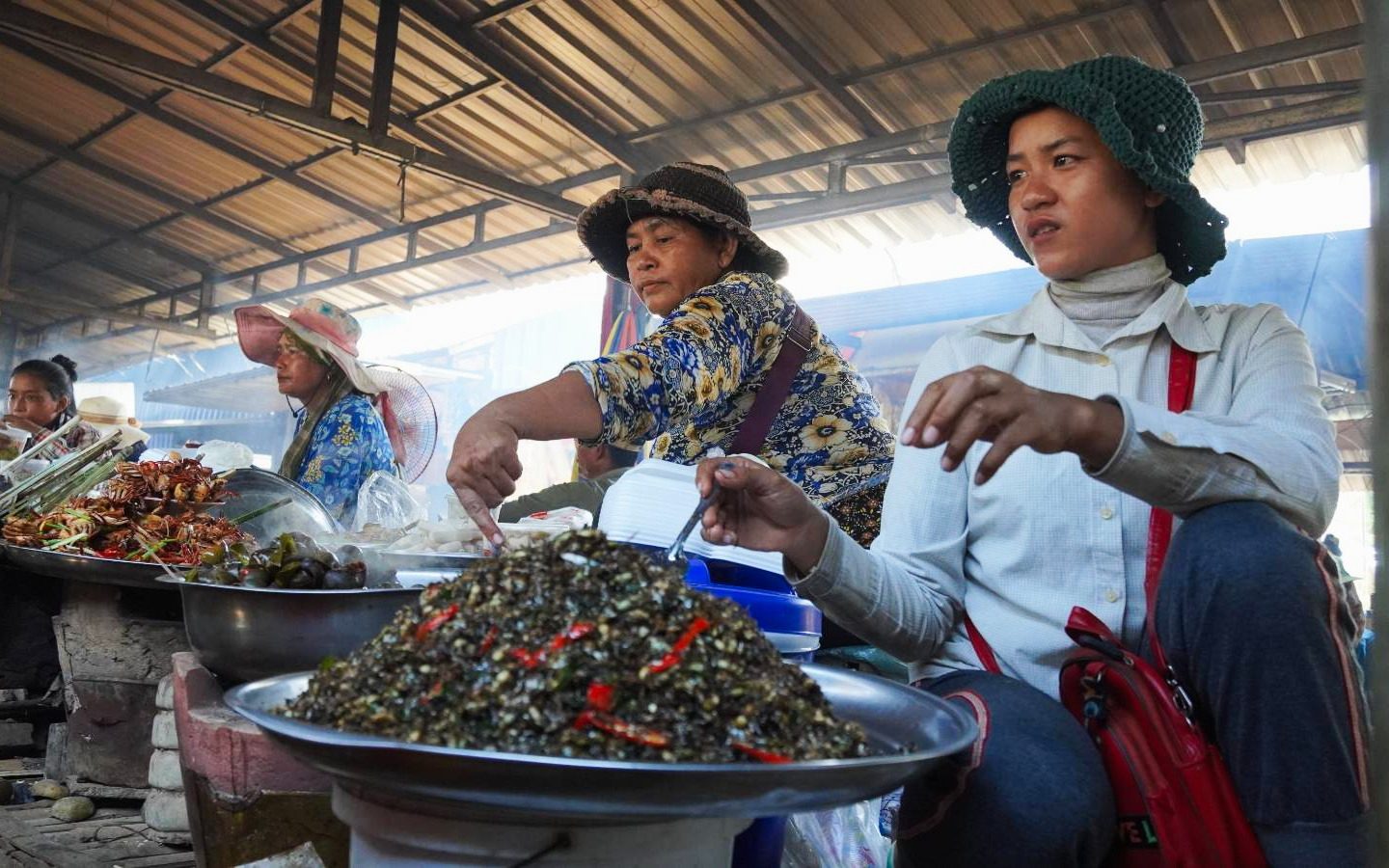 Theang Soriya is a 2020 Young Research Fellow of Future Forum where she is currently conducting a research project on gender studies.
Theang Soriya is a 2020 Young Research Fellow of Future Forum where she is currently conducting a research project on gender studies.
A man should sacrifice his seat on the bus for a woman. A son should have a successful career and earn money to support his parents and his wife. A male friend should not cry in front of other friends, and instead always show emotional and physical strength.
Male gender stereotypes like these — socially constructed and widely accepted norms that characterize what it means to be an “ideal man” — would have us believe that men should not express their vulnerability at all.
This kind of rigid, narrowly defined masculinity is well known to have negative effects on women. In various literatures on gender relations, traditional masculinity has generally facilitated men assuming a dominant, controlling and sometimes aggressive position within the constructs of the household and wider society, particularly toward women.
In Cambodia, 1 in 5 women aged 15 to 64 experienced physical and/or sexual intimate partner violence at least once in their lifetime, according to 2015 data from the Women’s Affairs Ministry.
Gaining less attention and understanding, however, are the damaging effects that male gender stereotypes have on men.
In Cambodia, as in other nations, effects of toxic masculinity may include mental health issues among men who struggle to deal with an inability — either real or perceived — to provide for their family.
Why do we still follow traditional gender stereotypes that jeopardize all genders?
The term masculinity, as written in the Cambridge Dictionary, is defined as the “characteristics that are traditionally thought to be typical of or suitable for men.” In Cambodia, these “ideal man” characteristics are enshrined in “Chbab Proh,” or “Rules for Men.” Just as “Chbab Srey,” or “Rules for Women,” is embraced socially and culturally in Cambodian society, so too is Chbab Proh practiced by both genders, often without even realizing.
The traditional Cambodian man, as is written in Chbab Proh, is expected to be the protector, provider and head of his family. Moreover, in contrast to the “ideal woman,” who is portrayed generally as silent, cooperative and submissive, terms of masculinity focus on themes of being tough, violent, risk-taking and adventurous.
But can a man who is expected to embody society’s expectations of masculinity also have space to express “softer” emotions, such as sensitivity, compassion and empathy? Often these traits are supressed in men, and research has linked this with a deteriation in mental health, including anxiety, depression and suicide.
Interviewed by researchers on the topic, young men in Cambodia expressed their concern over their future responsibilities and expectations of them. One said it was “the obligation of the man to act as the provider and a good husband in the family.”
“A jobless man who cannot feed his wife is considered shameful. An employed man who has no wife is considered meaningless and lonely,” he said.
Appearing tough, emotionless and physically strong, to list a few, are considered as masculine values in Cambodia. Another research respondent said: “If my mother wants to hit me, I stand and let her hit me without running or crying. I stop wanting my mother to hug me or make me stop being sad. I need to earn money and be tough.”
This is what Cambodians commonly call “kon bros throung bram hat,” or a “five-chested man.” It translates to “strong man.”
Dr. Chhim Sotheara, executive director of Transcultural Psychosocial Organization (TPO) Cambodia, argues that because of these social pressures, people in their productive age, including adolescents and adults, often encounter more depression than other age groups.
Globally, about 264 million people experience depression, 2017 figures show. Suicide has become the second-leading cause of death among people aged 15 to 29, according to the World Health Organization (WHO). The estimated suicide rate for men globally (13.5 per 100,000 people) is nearly double that of women (7.7 per 100,000 people), 2016 data from WHO says.
Despite its decline, in the U.K., suicide is still the leading killer of men under the age of 45, and the suicide rate among men is three times greater than the rate among women. Similarly, in Australia, the U.S., Russia and Argentina, men are more likely to commit suicide than women.
Though recent data is lacking, WHO reported that the suicide rate among Cambodian men in 2016 was nearly three times as high as that for Cambodian women.
In Japan, there are about 70 cases of suicide per day, the majority of them men under 45. One cause of such high suicide rates in Japan is an individual’s inability to seek help, as they often are not willing to admit “weakness.”
Means of help-seeking, which are associated with relying on others, admitting vulnerabilities or recognizing emotional issues, usually conflict with perceptions of masculinity like self-reliance, physical toughness and emotional control.
Realizing the pervasive reality of suicide deaths, in 2013, WHO’s Mental Health Action Plan set the goal of reducing the suicide rate in countries by 10 percent by this year. They aim to achieve this through national strategies, such as surveillance, means restriction, media guidelines, stigma reduction and raising public awareness, as well as through training for health workers, educators, police and other gatekeepers.
Suicide-prevention hotlines are available in most countries in Southeast Asia, but there is no such service in Cambodia. And while mental health care does exist in Cambodia (for example, through TPO Cambodia), and government efforts are well noted (the Health Ministry has built more than 400 health centers offering treatment for mental disorders and drug abuse), Cambodia currently lacks any male-centric mental health-care organization.
We are all human beings. We all have feelings of sadness, happiness, anger and fear. Despite evidence of the negative effects of male gender stereotypes, society continues to marry a particular gender with certain characteristics. It’s time we stopped following these stereotypes that put all genders at risk.


